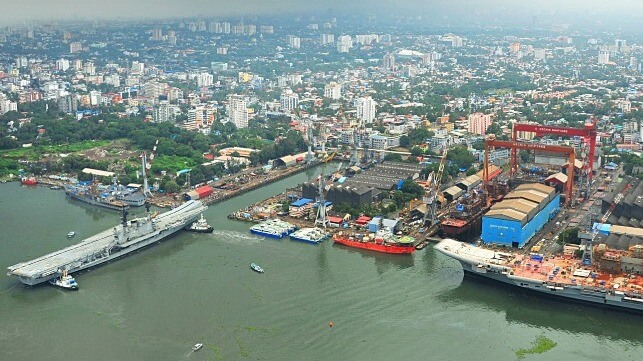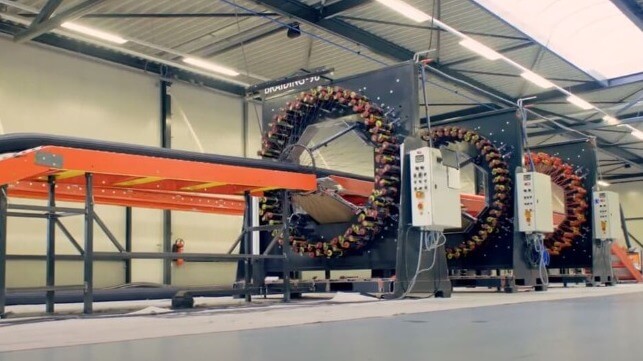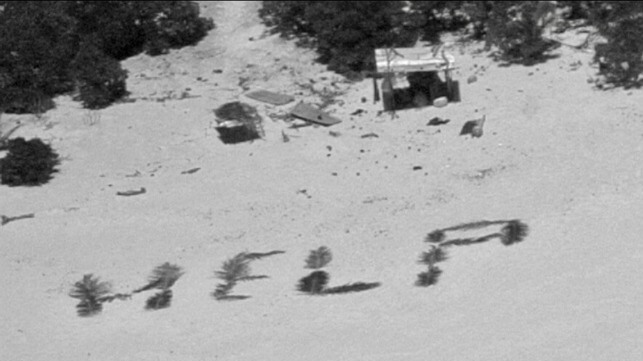Norwegian Sets Long-Term Strategy Ordering Eight Ships from Fincantieri
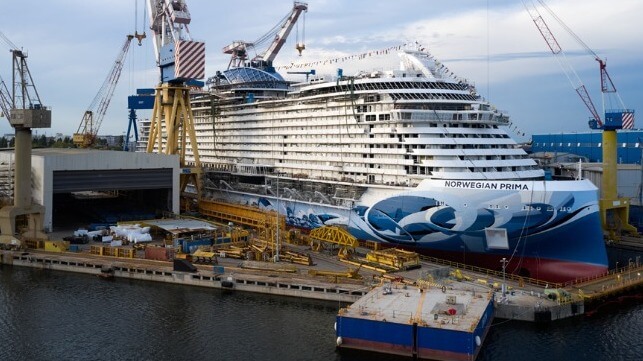
Norwegian Cruise Line Holdings announced the largest cruise ship order in the history of the company mapping the long-term strategy for each of its three cruise brands with shipbuilder Fincantieri. The order comes as the cruise industry has successfully overcome the pandemic soaring to record booking levels and a newfound pricing power.
The new order calls for a total of eight cruise ships with 25,000 berths to be introduced in the decade between 2026 and 2036. It represents nearly 40 percent of the corporation’s current capacity of 66,5000 berths and when combined with four large cruise ships already under order and construction at Fincantieri due between 2025 and 2028 that combined will have 16,000 berths, it represents more than 60 percent of current capacity. The corporation is highlighting that the new ships will leverage its operating efficiency with larger passenger capacities.
"This strategic new-ship order across all three of our award-winning brands provides for the steady introduction of cutting-edge vessels into our fleet and solidifies our long-term growth,” said Harry Sommer, president and chief executive officer of Norwegian Cruise Line Holdings. “It also allows us to significantly leverage our operating scale, strengthen our commitment to innovation, and enhance our ability to offer our guests new products and experiences, all while providing opportunities to enhance the efficiency of our fleet.”
The deal includes four of the largest cruise ships yet built for the company, which will be approximately 200,000 gross tons each for the Norwegian Cruise Line brand. Fincantieri highlights it is a letter of intent subject to financing but it calls for each ship with a capacity of nearly 5,000 passengers due for delivery in 2030, 2032, 2034, and 2036. The move reverses NCL’s recent strategy of building the smaller Norwegian Prima (143,500 gross tons with 3,099 berths) and five sisters including larger Prima plus versions still under construction. The third ship, Norwegian Aqua (156,300 gross tons with 3,500 berths) enters service in 2025 and the last two vessels with be approximately 177,000 gross tons.
The order also replaces a space reservation for two cruise ships for Oceania Cruises with an order for two 86,000-gross-ton ships, each with a capacity of 1,450 passengers in 2027 and 2029. Oceania already has the Allura (67,000 gross tons and 1,200 passengers) under construction at Fincantieri for delivery in 2025. The order also includes two 77,000-gross-ton ships, each with a capacity of 850 passengers, due in 2026 and 2029 for Regent Seven Seas Cruises. This brand had taken delivery on its last new build in late 2023, a 55,500 gross ton cruise ship with accommodations for 746 passengers. This four-ship order has been financed and Fincantieri reports it is in effect with Norwegian calling the financing terms very attractive.
The orders come as the industry has just begun to resume its future construction plans after pausing all orders since late 2019, before the pandemic. Carnival Corporation has so far announced orders for two large cruise ships (182,000 gross tons) to be built in Germany for Carnival Cruise Line. Competitor Royal Caribbean International has two more of its largest cruise ships on order since before the pandemic, and MSC Cruises confirmed previous options for more of its 215,000 gross ton cruise ships. Norwegian said it believes competitors are in discussions with the four major yards and it wanted to secure slots before the others.
Despite the surge in orders, the overall expansion of the cruise industry remains constrained with the new ships expected to take at least two years to build. Analyst Patrick Scholes of Truist Securities commented to customers yesterday on Norwegian’s order, “Even with this sizable announcement, industry-wide new supply for 2026-2027 is very minimal compared to the 10-year pre-Covid average of approximately five percent per year,” describing the capacity growth.
Following another industry trend, Norwegian also reported it will add a pier at its private port in the Bahamas. The company plans to spend $150 million to add a two-ship dock at Great Stirrup Cay following Royal Caribbean Group and Disney Cruise Line which also have piers at their Bahamas port. It expands the use of the port reducing the impacts of bad weather which prevents the cruise ships from anchoring and landing passengers. Norwegian’s pier is due in late 2025 and the company says it would increase monetarization at the island by increasing passenger throughput by over 50 percent in its first year of operation.
NCLH declined to comment if any of the ships would be replacements for some of its older tonnage. The ships reflect the industry’s continued move to larger cruise ships with increased capacity. The company said details regarding the ships’ amenities, staterooms, dining, recreational, efficiency, sustainability, and other features will be announced in the coming months.
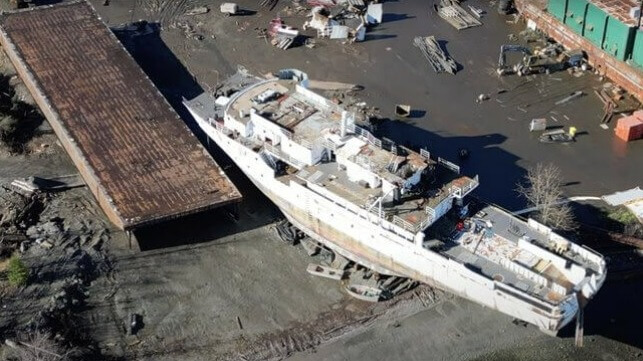
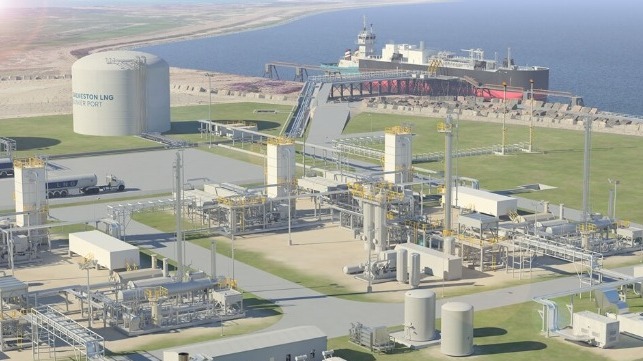
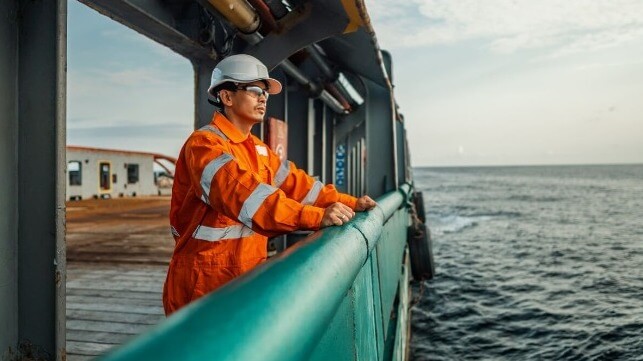
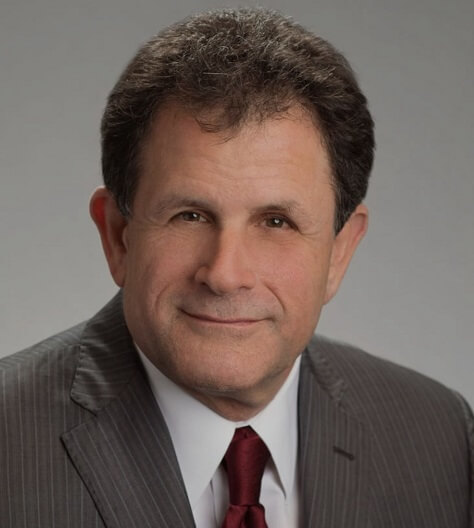 Dr. Arthur L. Diskin is a graduate of the University of Miami School of Medicine with specialty training in Emergency Medicine and an interest in critical care. He is certified by the American Board of Emergency Medicine and is a Fellow of the American College of Emergency Physicians. He has held leadership roles such as the Past President of the Florida College of Emergency Physicians and is the former Chief of the Department of Emergency Medicine at Jackson Memorial Hospital in Miami, Florida, and Mount Sinai Medical Center in Miami Beach, Florida.
Dr. Arthur L. Diskin is a graduate of the University of Miami School of Medicine with specialty training in Emergency Medicine and an interest in critical care. He is certified by the American Board of Emergency Medicine and is a Fellow of the American College of Emergency Physicians. He has held leadership roles such as the Past President of the Florida College of Emergency Physicians and is the former Chief of the Department of Emergency Medicine at Jackson Memorial Hospital in Miami, Florida, and Mount Sinai Medical Center in Miami Beach, Florida.